Mini DisplayPort to HDMI cables face recall over licensing issues
The group explained to TechRadar that the HDMI specification defines an HDMI cable as having only HDMI connectors on either end. Anything else is not a licensed use of the specification and therefore, not allowed.
All licensed HDMI products must undergo compliance testing. Given the fact that the cable is undefined by the group, it cannot be tested against the Specification, thereby making it unofficial and
unlicensed.
This outcome is devastating for the numerous companies that make money from these cables, though there is one upside. Cables, or dongles, that have a DisplayPort on one end and an HDMI female receptacle on the other are licensed.
HDMI Org does, however, note that there are users who covet this type of cable system, stating that recognizes that there "may be a market need for a cable solution rather than a dongle solution. However, at this time, there is no way to produce these cable products in a licensed manner." According to the report, hundreds of thousands of cables could be affected by a recall.
Apple reportedly developed a Mini DisplayPort to HDMI adapter but never released it, relying instead upon third-party offerings .
First introduced in October 2008, the Mini DisplayPort connector is used by Apple in its latest Mac offerings. The standard was designed by Apple as a smaller form factor alternative to the DisplayPort standard. The Video Electronics Standard Association officially adopted the specification in 2009.
More recently, Apple and Intel have collaborated on Thunderbolt, a new high-speed I/O technology that makes use of the Mini DisplayPort connector. The first generation of Thunderbolt offers two channels of 10Gbps transfers in both directions, simultaneously, and 10 watts of power. Intel expects to scale the technology up to transfer rates of 100Gbps within a few years.
Late last month, Apple released the first Thunderbolt cable and added the first third-party Thunderbolt storage solutions to its online store. The cable was revealed to be an active cable with a transceiver chip at each end and "tons of little resistors."
 Blake Steven
Blake Steven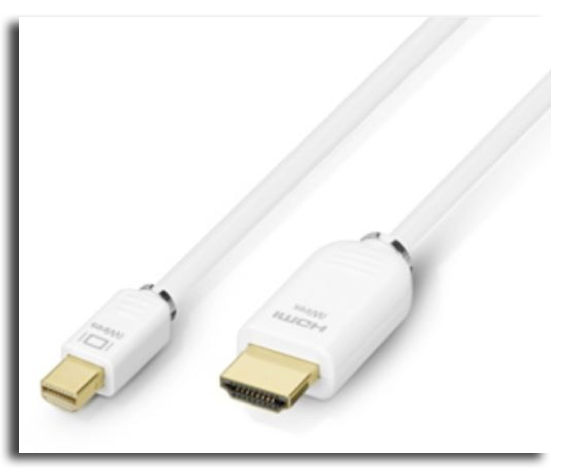
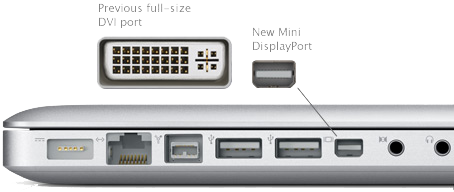
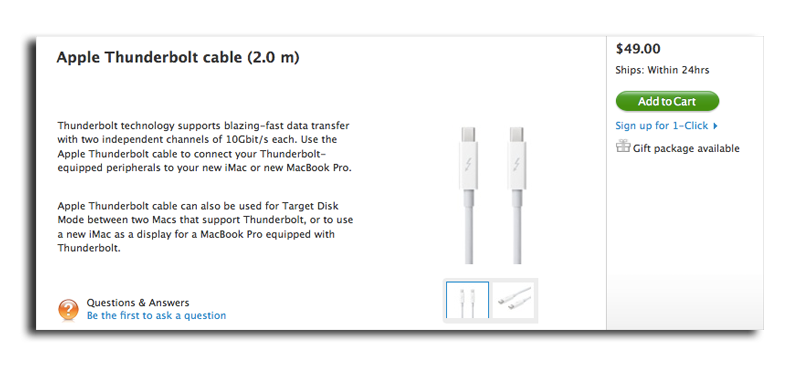

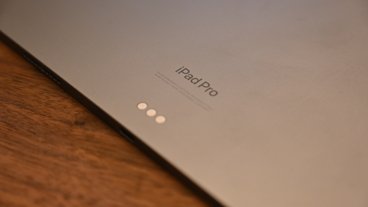








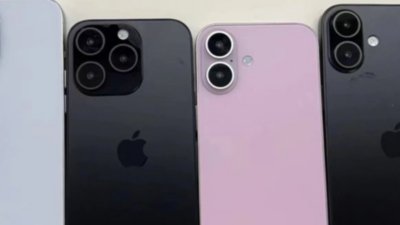
 Charles Martin
Charles Martin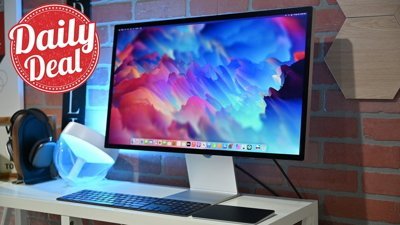
 Christine McKee
Christine McKee
 Malcolm Owen
Malcolm Owen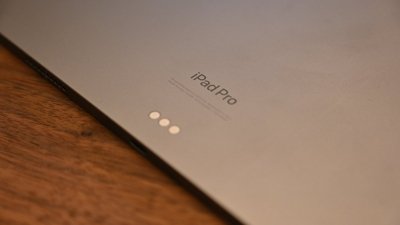

 Mike Wuerthele
Mike Wuerthele


 Chip Loder
Chip Loder







46 Comments
This is the equivalent of the snotty little kid taking his ball and going home because he doesn't like how the game turned out. I sense a hold-up in progress as well. I wonder how much they will steal?
glad I already bought my cables from monoprice.com so I do not care at this point what they do.
World gone mad. Nobody outside of the HDMI Group offices (they exist, presumably. I assume they spend their days watching HD films and nodding their heads etc.) thinks this is sane. The language they use makes it sound like the laws of physics are preventing them licensing these cables. Just do it for goodness' sakes. If not, sit and watch the eBay/Chinese import world circumvent your licensing income.
I don't see a problem with this. If somebody is in charge of and oversees the specifications for a certain type of cable, then they are free to do whatever they want with it.
Apple would do the exact same thing. You can't take a technology which Apple invented and do whatever you want with it. Apple would sue your ass. Apple is very strict about how their products are used and advertised.
This is the equivalent of the snotty little kid taking his ball and going home because he doesn't like how the game turned out. I sense a hold-up in progress as well. I wonder how much they will steal?
World gone mad. Nobody outside of the HDMI Group offices (they exist, presumably. I assume they spend their days watching HD films and nodding their heads etc.) thinks this is sane. The language they use makes it sound like the laws of physics are preventing them licensing these cables. Just do it for goodness' sakes. If not, sit and watch the eBay/Chinese import world circumvent your licensing income.
What's the point of developing specifications and standards if nobody follows them and nobody enforces them? Especially if people are slapping on your logo on something you otherwise have no involvement in. Obviously, it's unlikely an A/V cable is going to do something disastrous, but if there is ever a fire with one of these cables, it's going to fall on HDMI Org's shoulders since it's their logo on it if they don't bother enforcing their spec. The problem is not HDMI Org speaking up to declare mDP-HDMI cables out of spec, since this is apparently the truth, and is certainly their right and responsibility to do so. The question is whether there is a legitimate demand for mDP-HDMI cables and how fast HDMI Org can develop a spec to meet this demand.
I do wonder though whether a mDP-HDMI adapter dongle + a regular HDMI cable will be cheaper than a dedicated mDP-HDMI cable? Certainly a dongle + regular cable combination will be more versatile since it's not a single use case solution and regular HDMI cables can be had cheaply now due to economies of scale. So perhaps HDMI Org's compromise solution may well be cheaper which isn't a bad thing.